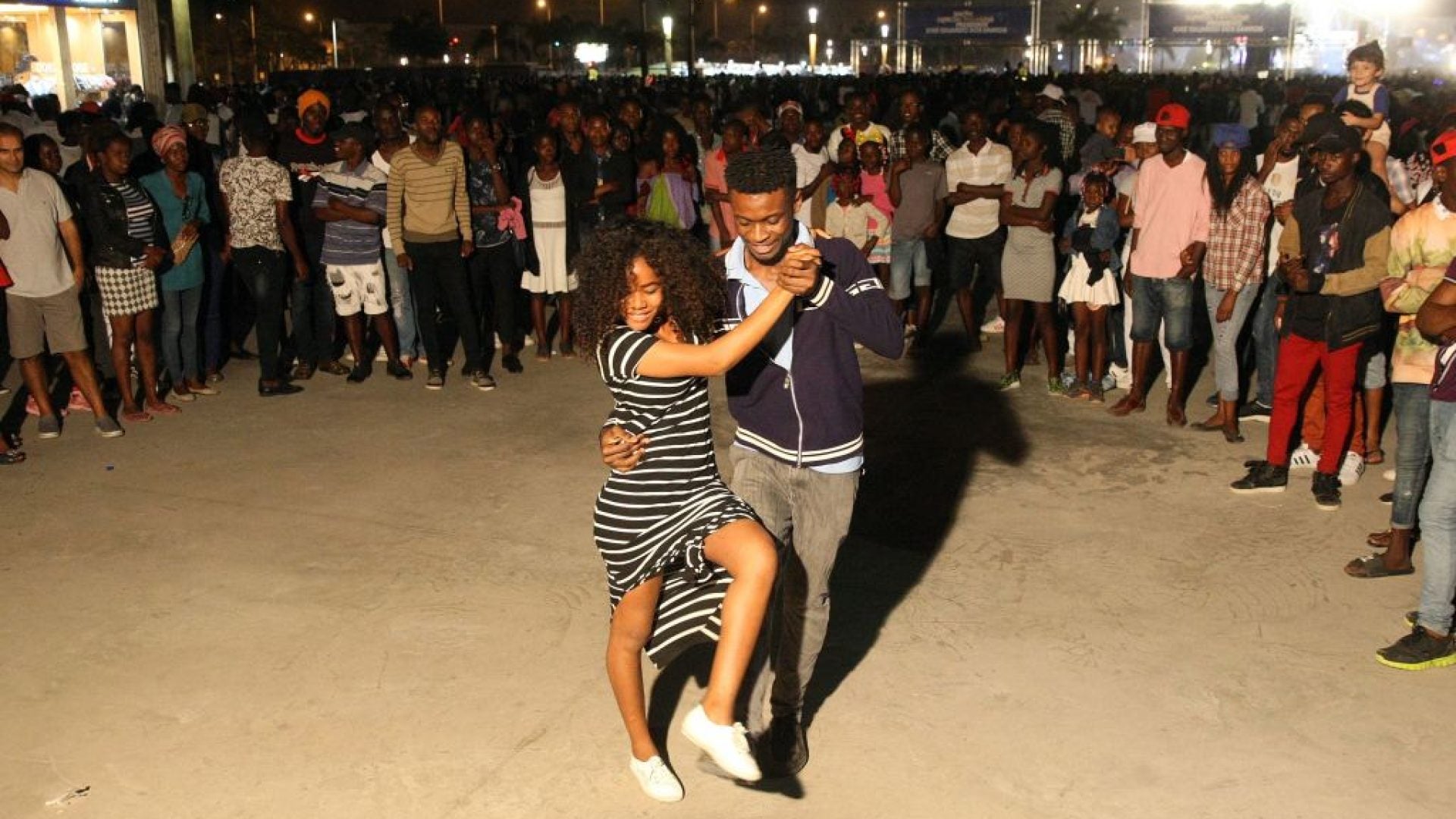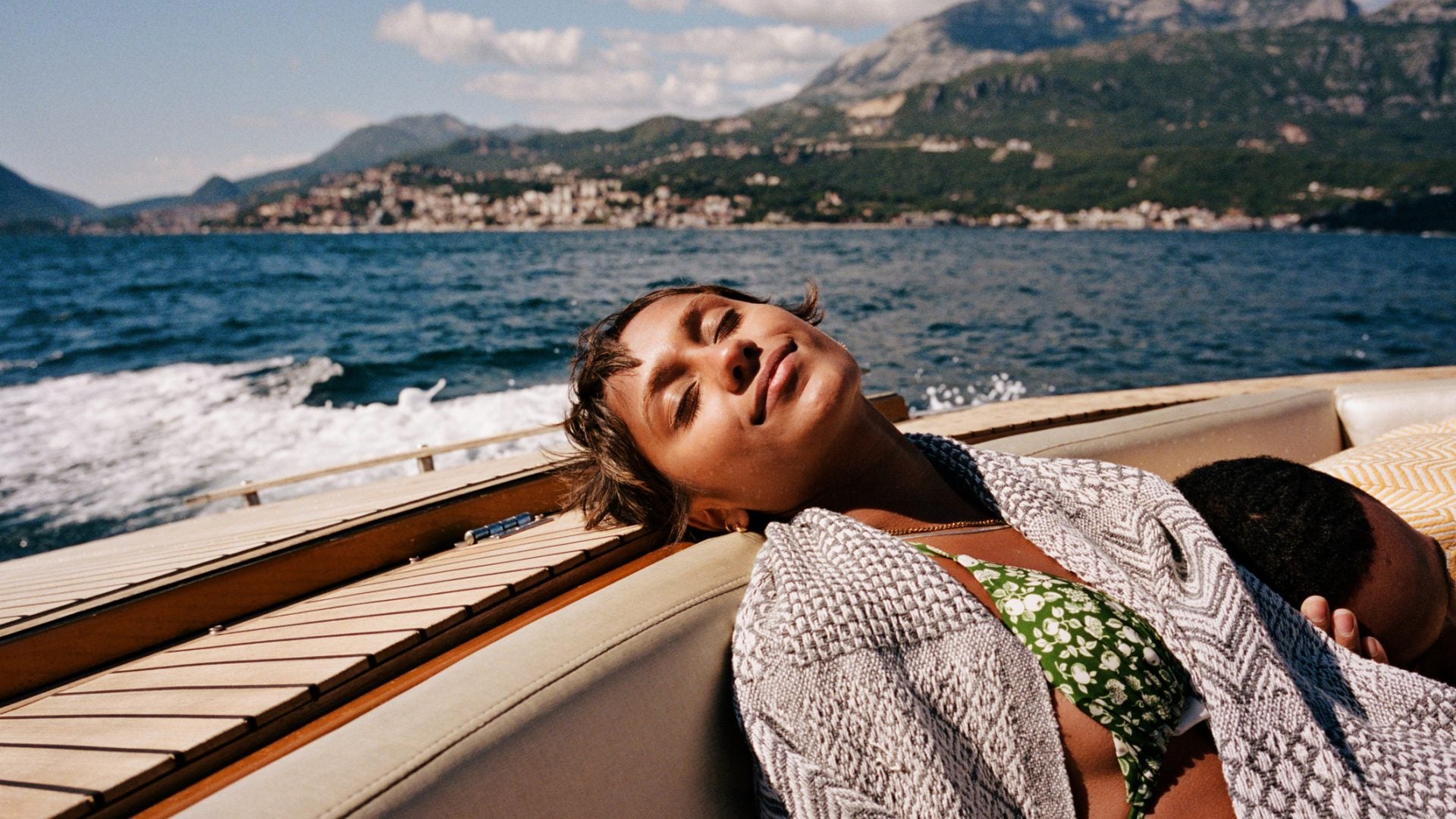
This year marks Brazil’s 35th Art Biennale, which is “the largest art exhibition in the Southern Hemisphere.” Starting September 6, the Biennale will bring together works from 121 participants from around the world.
One of those exhibits will hail from the “Kizomba Design Museum, a transitory platform dedicated to preserving the history of Kizomba culture across the African Portuguese-speaking countries (PALOP) and its vast diaspora.” The Kizomba Design Museum is slated to “present a three-day immersive experience in São Paulo.”
So, what exactly is Kizomba? In the Kimbundu language of Angola, the word means “party” and nowadays it “describes both, a music style and a dance style.” Deriving from semba, “[i]t is known for having a slow, insistent, somewhat harsh, yet sensuous rhythm; the result of electronic percussion. It is ideally danced accompanied by a partner, very smoothly and slowly, though not too tightly.”
For three days, from September 6 through September 8, interested parties can traverse through various São Paulo locations, “including Casa de Francisca, Pivô Gallery, and Megafauna bookshop at the heart of the city,” to view and experience these immersive exhibits. If you are unable to attend in person, you can also visit the website at KizombaDesignMuseum.com.
Founder, writer, and music producer Kalaf Epalanga and Creative Director and multidisciplinary artist Nástio Mosquito hope this will foster public dialogue “[t]hrough live music, food, and performances,” [as] the activation explores the trans-cultural relationship between the rich history of the music genre that originated in Angola and the social, economic, and political impact it had within the diasporas in Portuguese-speaking public and private spheres.”
The impact of Kizomba is quite far reaching—according to a 2019 article, “Kizomba ‘epitomizes many of the features that have been associated with globalization: hybridity, deterritorialization, commodification and cosmopolitanism.’”
Prominent Kizomba artists, including the likes of “Paulo Flores, Djodje, Dino d’Santiago, Dj João Reis, Branko, Indi Mateta, [and] Batida” will be featured along with dance workshops by the great Coletivo Kizomba Yetu alongside conversations by notable historian and scholar Professor Marissa J. Moorman and writer and publisher Ondjaki.
If you’re looking to grab a souvenir, head over to the shop where you can snag “Kizomba-inspired memorabilia and fashion curated by designer and style savant Armando Cabral.”
This will be a global-wide exhibit, on physical and digital platforms, with its first stop in São Paulo. Over the course of this three-day experience, Kizomba Design Museum is aiming to challenge the idea “of what it means to be a museum and the importance of memorializing more ephemeral or frequently neglected aspects of global culture.”





